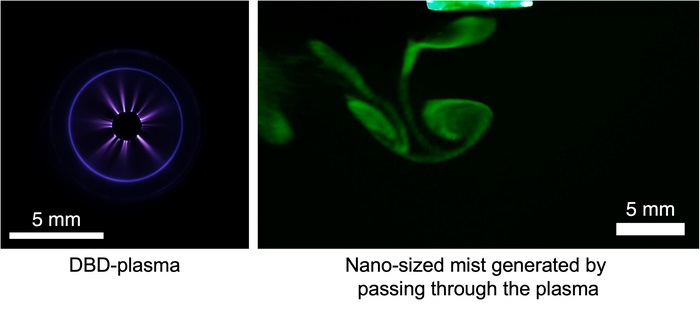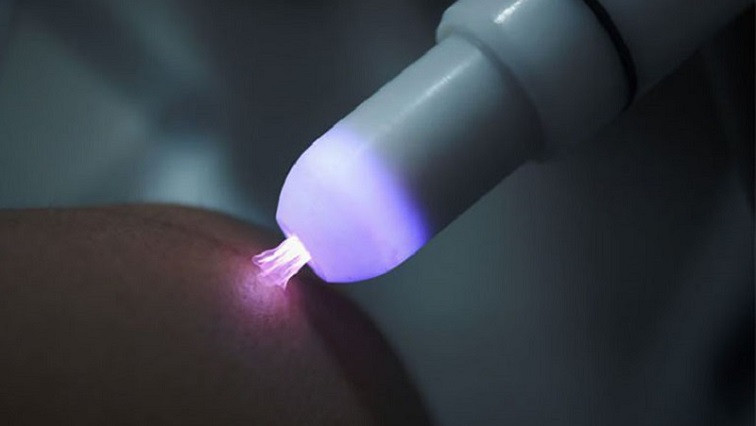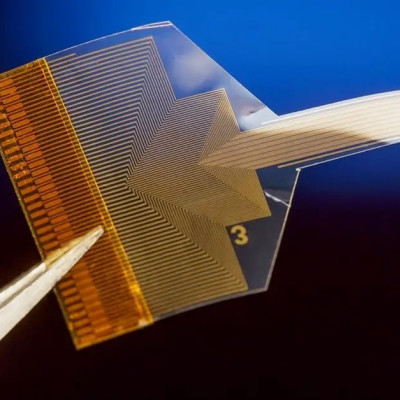Plasma medicine, a therapeutic technology that uses atmospheric-pressure plasma, is attracting attention as an innovative tool in medicine. It holds potential in applications ranging from wound healing to cancer treatment. Most of the current plasma biomedical tools use direct effects, such as heat, optical stimulation, and reactive chemical species, applied to the patient’s body. While the current tools are useful for treating lesions or wounds on the surface of the body, there are many challenges before the technology can be safely used inside the human body.
A research team from Tokyo University of Agriculture and Technology has developed a method to directly generate plasma in the form of a nano-sized mist. Published in Scientific Reports on June 22, their method holds strong potential for medical applications.
Where plasma is currently being used in medicine, its applications are limited mainly to the treatment of burns, skin diseases, and wounds, where the lesion is exposed. For plasma to be used in treating a patient’s internal organs, researchers need to find new ways of delivering the plasma.

Light emitted by plasma generated in the electrode unit when no solution was infused.
To solve this challenge, the research team developed a method to directly generate nano-sized mist by passing a solution through the dielectric barrier discharge. They were able to generate mist for three types of solutions, including water-based and oil-based solutions. Next they investigated the changes in the physical and chemical characteristics of each solution by plasma treatment. Their findings suggest that the electrical conductivity of the solution influenced the efficiency of the mist generation.
With this new method they were able to atomize various types of solutions without the need to ground the target being sprayed. The current electrostatic spray method has the risk of currents flowing into the target. Because the research team’s new method does not require grounding the sprayed target, it is a much safer option.
Plasma is sometimes referred to as the fourth state of matter, along with solid, liquid, and gas. With its interesting properties and behavior, researchers have already found wide-ranging applications for plasma in the electronics, aerospace, textile, and automotive industries. In more recent years, researchers have begun to explore ways to use plasma systems in the fields of medicine and biology.
Where plasma is currently being used in medicine, it works something like a very precise scalpel. These current plasma applications are based mainly on the action of plasma-derived physical and chemical stimuli, such as heat, optical stimulation, and reactive oxygen and nitrogen species. Like traditional surgeries, these plasma applications are demanding on the patient’s body.
Newer technologies include transdermal absorption systems where the plasma is irradiated onto living tissue. The skin can be easily irradiated directly by the plasma. But if the drug penetration could be accelerated by allowing plasma to act on the drug itself, the technology could be expanded beyond use on the skin, to include the treatment of the respiratory and digestive organs.
To deliver the drugs in this way, a nanotechnology delivery system is needed. Then plasma-generated nanoparticles could allow drugs to pass through the skin barrier and reach the target area in a stable manner with long-lasting efficacy. The transdermal drug delivery process could even be taken a step further if nanoparticles could be produced directly from aqueous or oil-based solutions where the drug is dissolved by a simple process.
Electrostatic spray, where electrical effects are used, is one technique for generating nano-sized mist. This technique is already used in a range of applications, including pesticide spraying, water purification, and seawater desalination. However, the electrostatic spray technique is not safe for biological applications because it requires high voltage and grounding the sprayed target. As an alternative, a dielectric barrier discharge method could be used. Yet it is difficult to generate liquid particles by this method because another mist generation mechanism, such as an ultrasonic transducer, also has to be used. This dielectric barrier discharge method, where the plasma is produced by two electrodes with a dielectric (or insulator) between them, is often used in manufacturing applications.
The research team’s new method overcomes these challenges and provides a way for plasma to be more useful in the medical field. “We have succeeded in developing a technology to generate nano-sized mist by passing liquid through a dielectric barrier discharge at low velocity. This technology is safer than the conventional electrostatic spray, which is used in the industrial field,” said Daisuke Yoshino, associate professor at the Tokyo University of Agriculture and Technology. “Ultimately, we aim to apply our technology to biomedical fields, such as transdermal drug delivery systems.”
Read the original article on EurekAlert.







